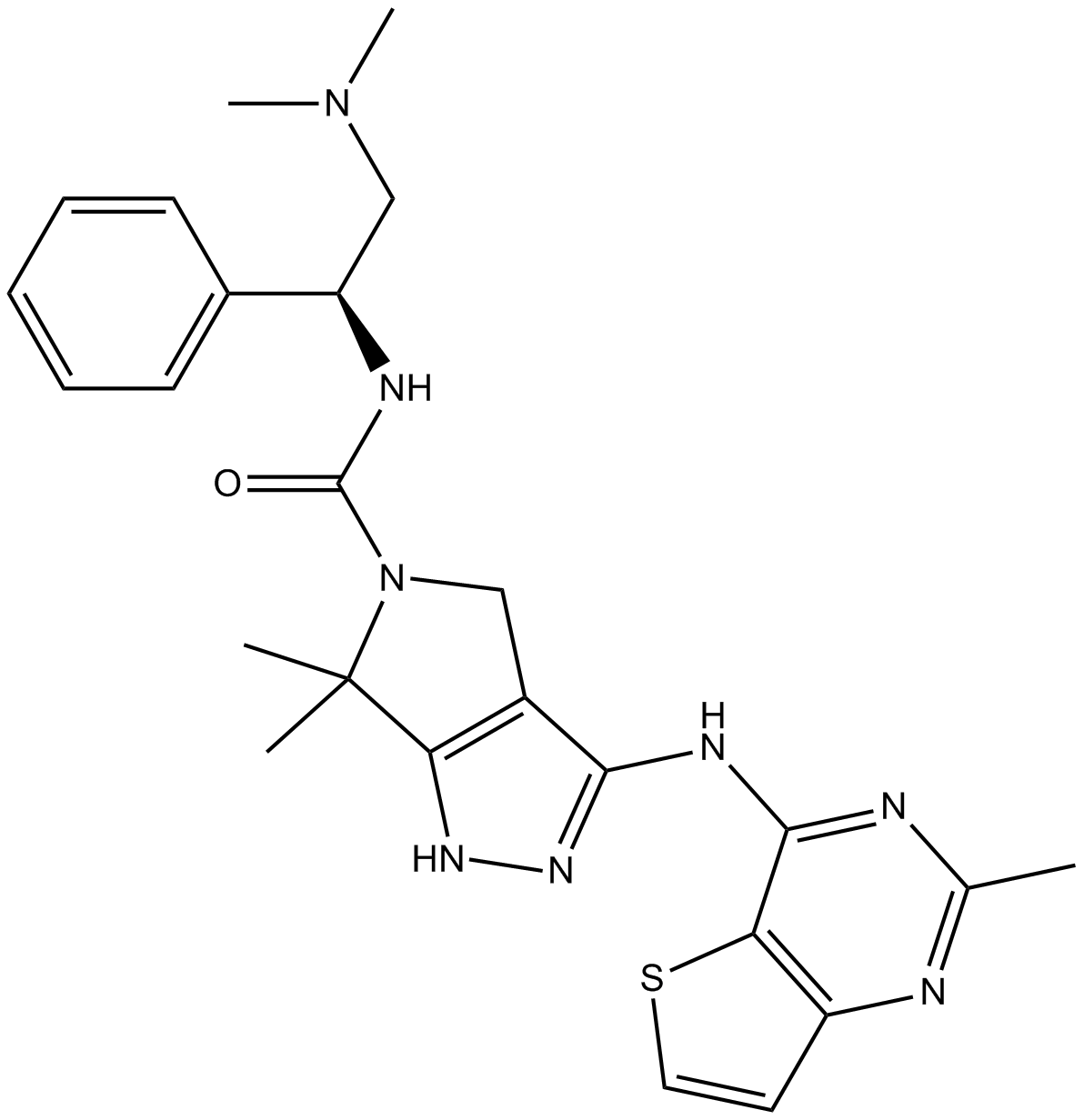PAK
PAKs (p21-activated kinases) are key regulators of actin dynamics, cell proliferation and cell survival. PAKs are Ser/Thr kinases that are classified into two groups on the basis of their structural and functional features: group I (PAK1–3) and group II (PAK4–6). Group I PAKs have an auto-inhibitory domain (also called an inhibitory switch domain) and a kinase domain (catalytic domain, CD) and are activated by the binding of the active (that is, GTP-bound) forms of Rho GTPases, such as Cdc42 and Rac1. Group II PAKs have no auto-inhibitory domains and are not activated by active Rho GTPases. Because the deregulation of PAKs is closely associated with various human diseases,small-molecule inhibitors of these kinases have great potential as therapeutic agents. In addition, these compounds can also be used as powerful tools in studies aimed at understanding the PAK signaling pathway.
PAKs are considered prime regulators of the actin cytoskeleton and motility. Due to their central role in actin remodelling and their ability to activate Matrix metalloproteinases (MMPs), Rho GTPases play an important role in tumor cell invasion and metastasis. The current evidence suggests the involvement of PAKs in motility, cell survival, anchorage-independent growth, angiogenesis, invasion, migration and regulation of cell cycle and mitosis. Consequently, PAKs have also been implicated in a number of pathological conditions including cancer.
Targets for PAK
Products for PAK
- Cat.No. Product Name Information
-
GC50370
AZ 13705339
Highly potent PAK1 and PAK2 inhibitor
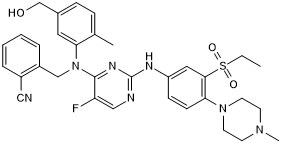
-
GC66036
AZ13705339 hemihydrate
AZ13705339 hemihydrate is a highly potent and selective PAK1 inhibitor with IC50s of 0.33 nM and 59 nM for PAK1 and pPAK1, respectively. AZ13705339 hemihydrate has binding affinities to PAK1 and PAK2, with Kds of 0.28 nM and 0.32 nM, respectively. AZ13705339 hemihydrate can be used in the research of cancers.
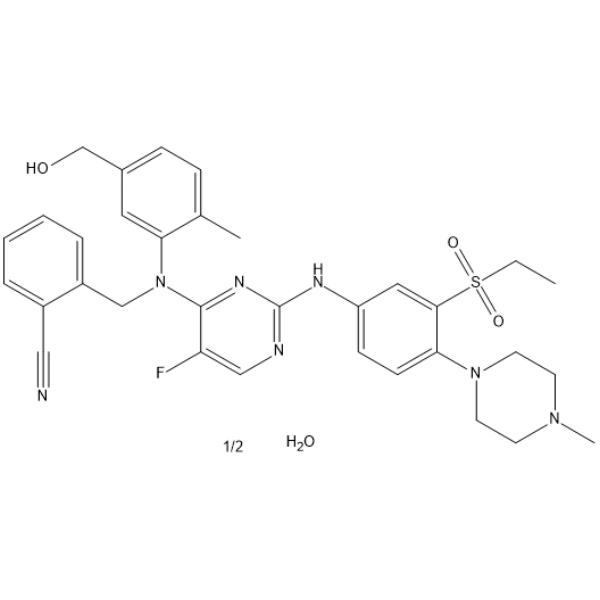
-
GC43666
Fingolimod
Fingolimod is a derivative of ISP-1 (myriocin), a fungal metabolite of the Chinese herb I.

-
GC14807
Fingolimod(FTY720)
Fingolimod (FTY720) HCl (FTY720), an analog of sphingosine, is a potent sphingosine 1-phosphate (S1P) receptors modulator.
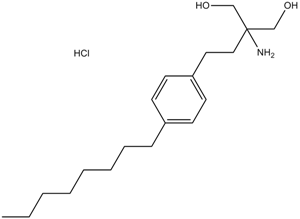
-
GC10251
FRAX1036
p21-activated kinase I (PAK1) inhibitor
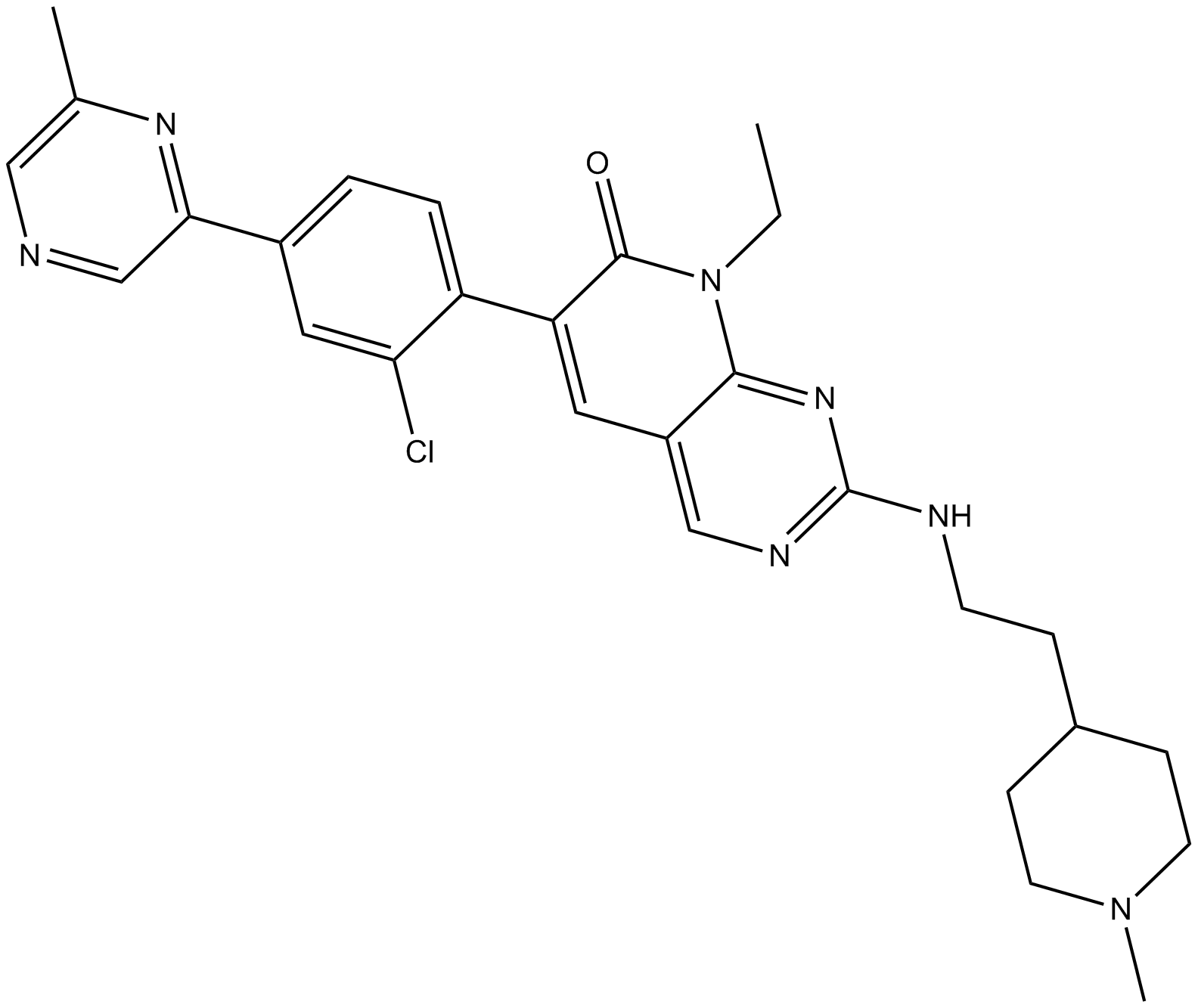
-
GC16075
FRAX486
p21-activated kinase (PAK) inhibitor
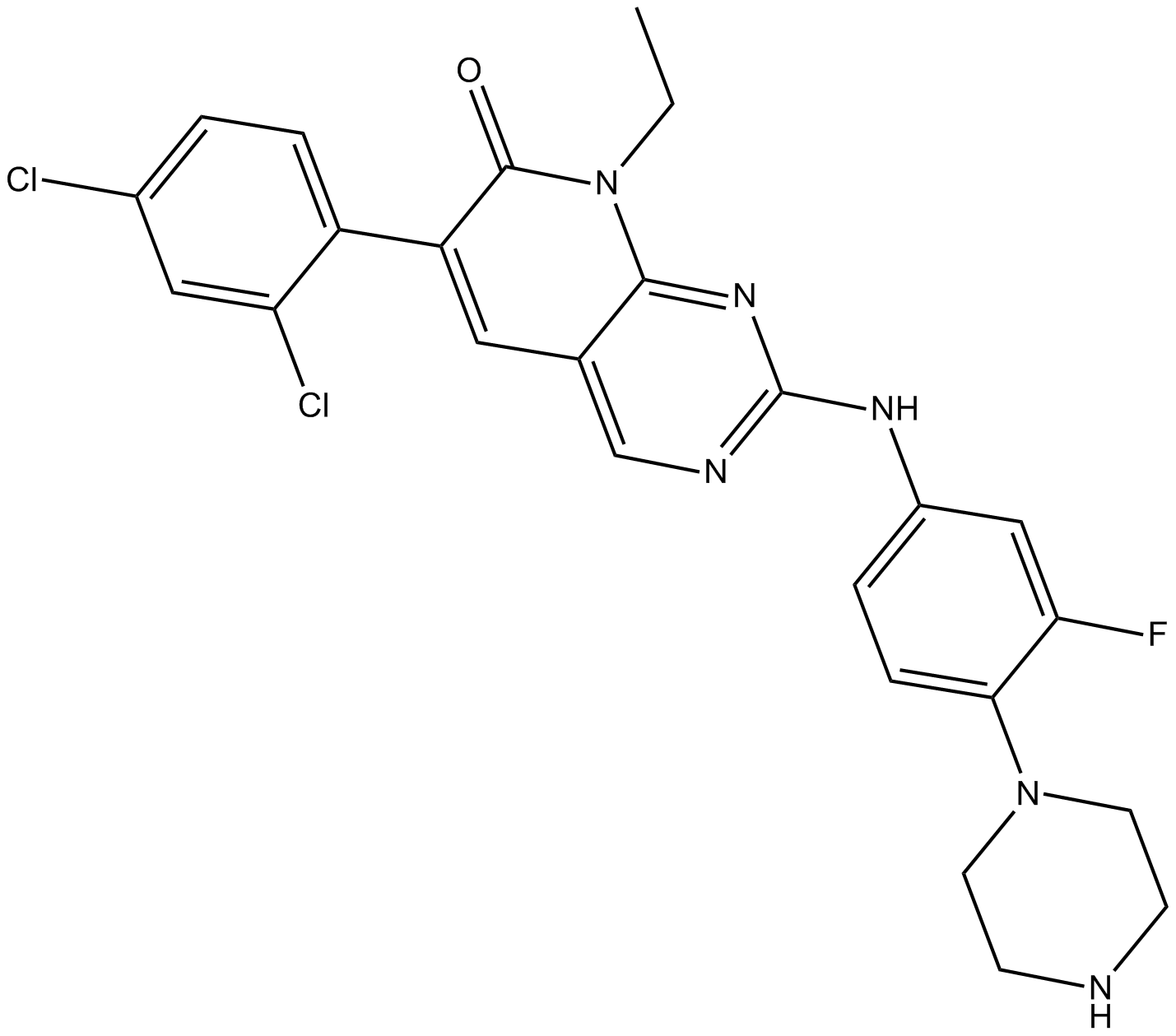
-
GC12261
FRAX597
PAK inhibitor,potent and ATP-competitive
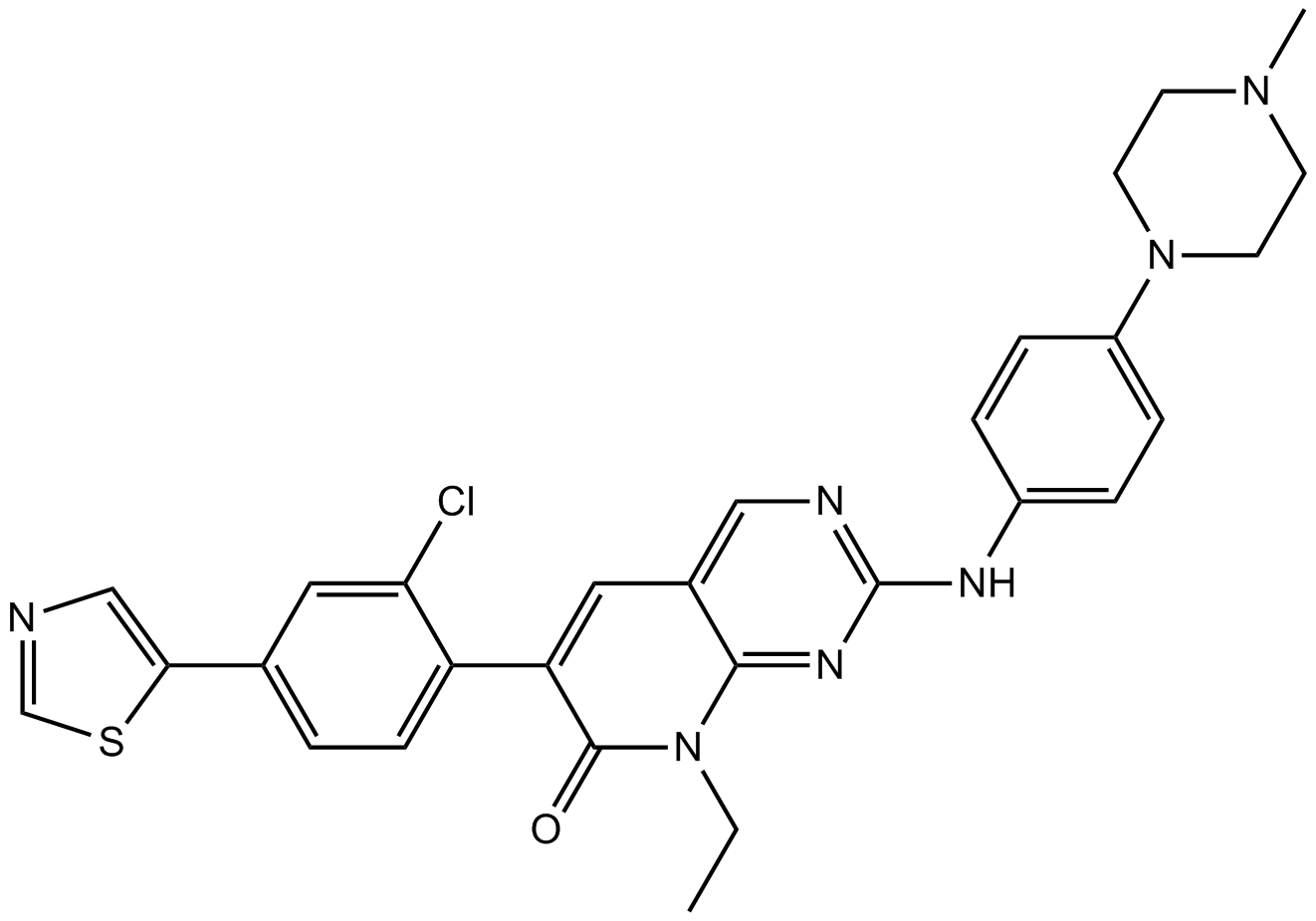
-
GC18720
G-5555
G-5555 is an inhibitor of p21-activated kinase 1 (PAK1; Ki = 3.7 nM), a non-receptor serine/threonine kinase involved in tumorigenesis.
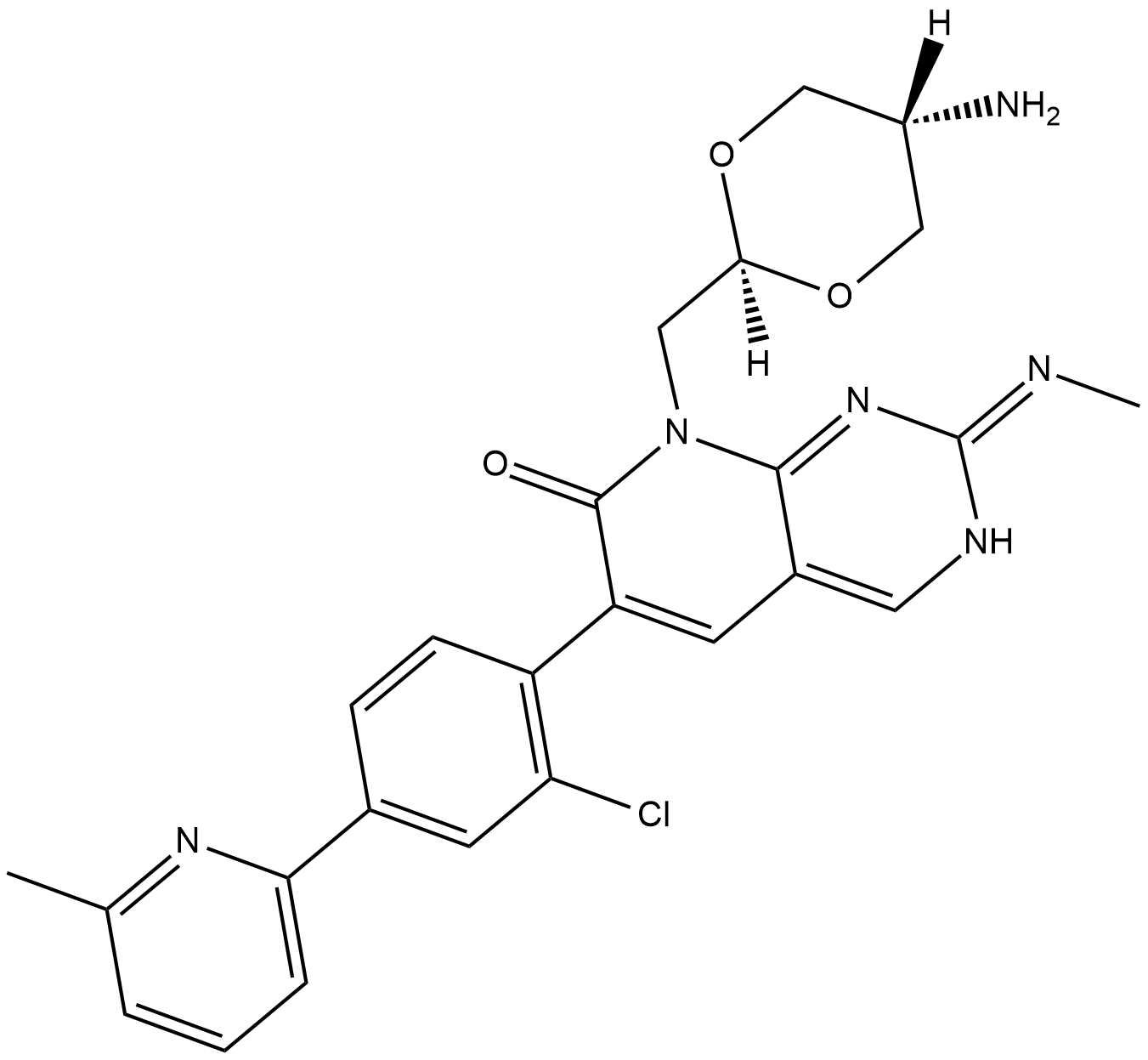
-
GC36095
G-5555 hydrochloride
G-5555 hydrochloride is a potent and selective p21-activated kinase 1 (PAK1) inhibitor with a Ki of 3.7 nM.
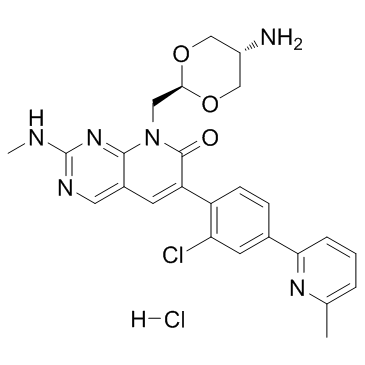
-
GC16225
IPA-3
Non-ATP competitive Pak1 inhibitor
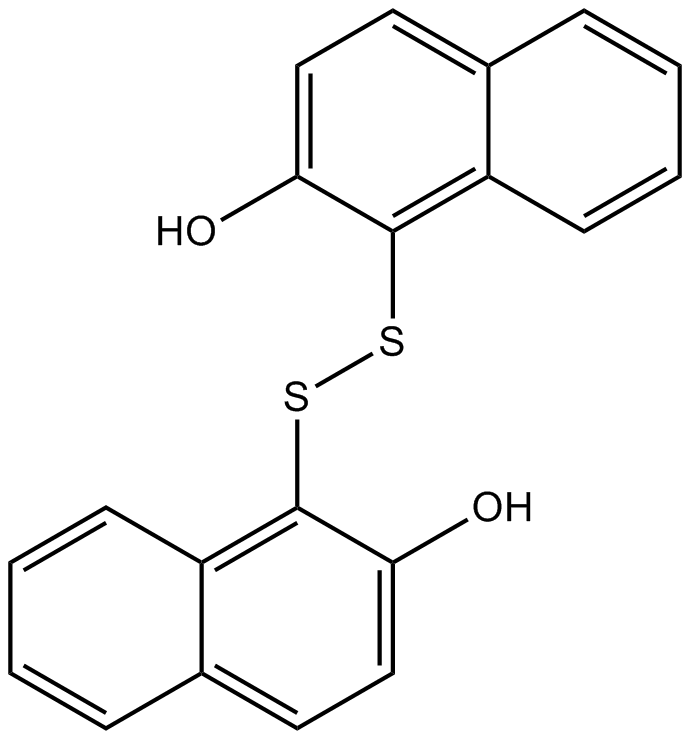
-
GC14615
KPT-9274
Orally acitve allosteric inhibitor of PAK4
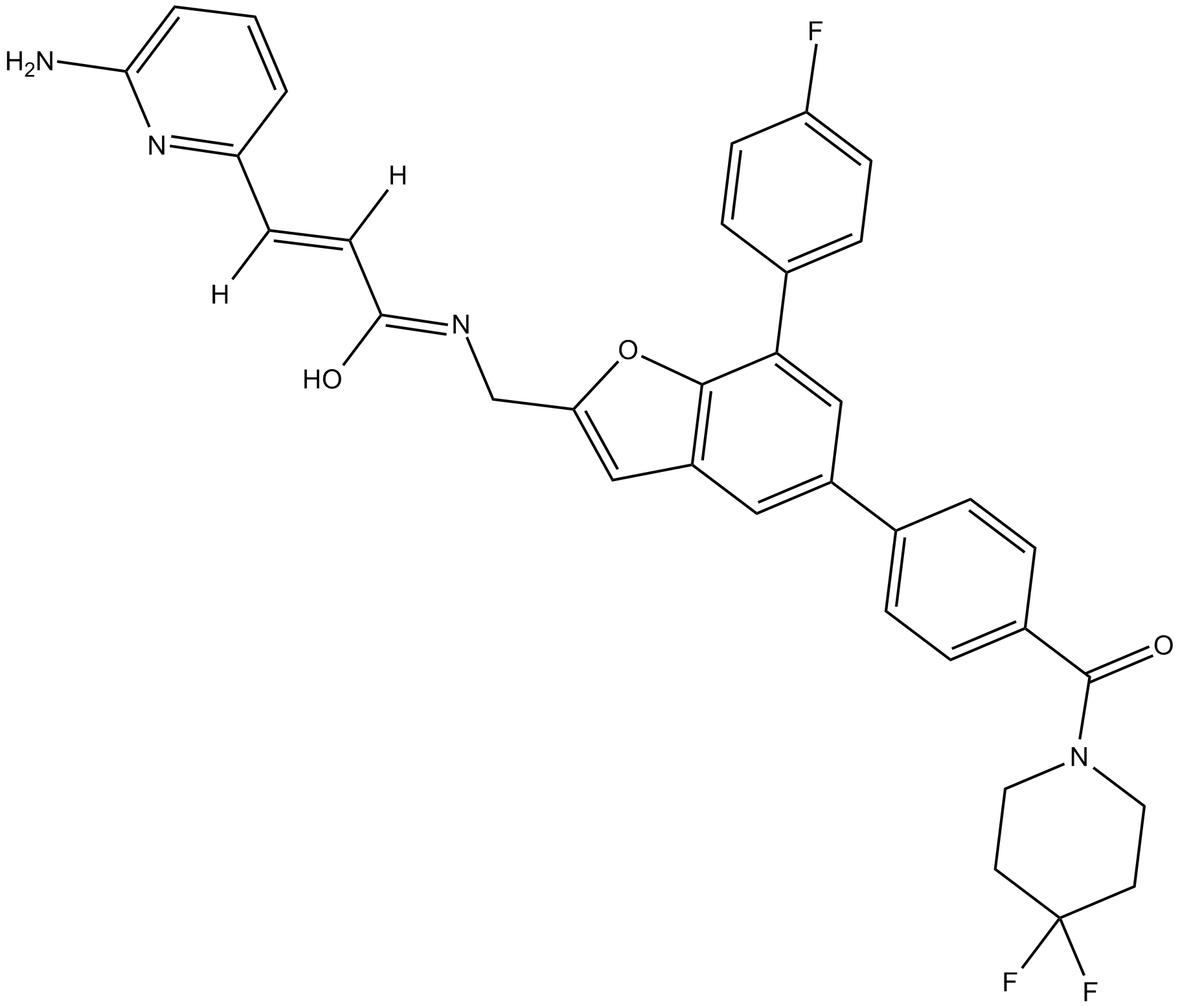
-
GC39209
LCH-7749944
LCH-7749944 (GNF-PF-2356) is a potent PAK4 inhibitor with an IC50 of 14.93 μM. LCH-7749944 effectively suppresses the proliferation of human gastric cancer cells through downregulation of PAK4/c-Src/EGFR/cyclin D1 pathway and induces apoptosis.
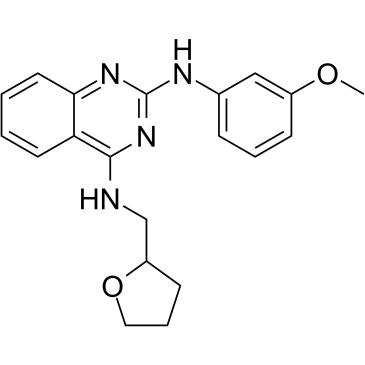
-
GC16607
Mesalamine
5-Aminosalicylic acid (Mesalamine) acts as a specific PPARγ agonist and also inhibits p21-activated kinase 1 (PAK1) and NF-κB.
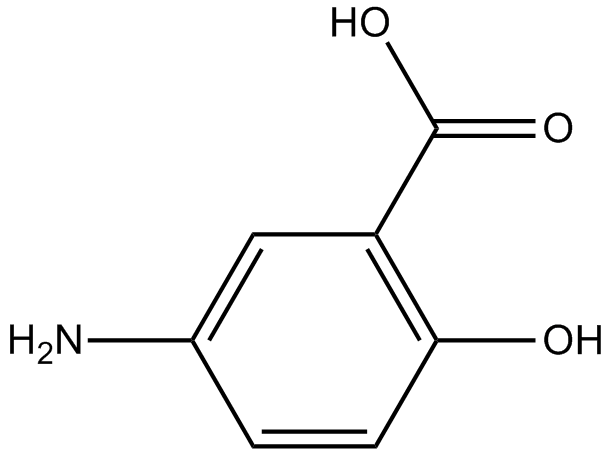
-
GC61043
Mesalamine impurity P
Mesalamine impurity P is an impurity of Mesalamine.
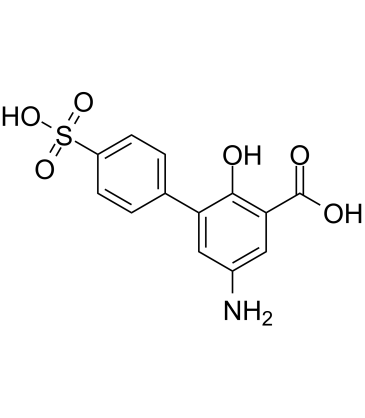
-
GC62657
MRIA9
MRIA9 is an ATP-competitive, pan Salt-Inducible kinase (SIK) and PAK2/3 inhibitor, with IC50 values of 516 nM, 180 nM and 127 nM for SIK1, SIK2 and SIK3, respectively.
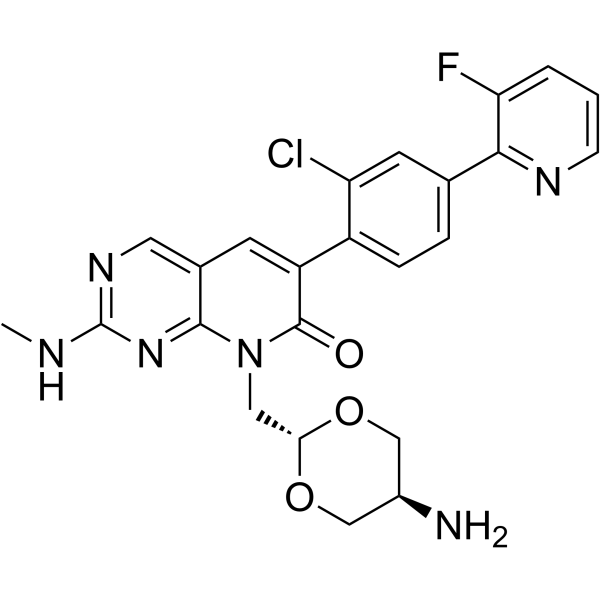
-
GC32830
NVS-PAK1-1
An allosteric inhibitor of PAK1
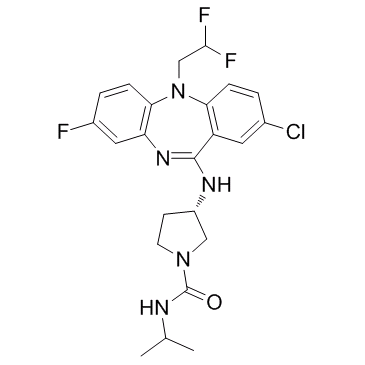
-
GC44478
NVS-PAK1-C
NVS-PAK1-C is a negative control for the allosteric PAK1 inhibitor NVS-PAK1-1.

-
GC33421
PAK-IN-1
PAK-IN-1 is a PAK inhibitor that displays group II selectivity. PAK-IN-1 inhibits PAK4, PAK5 and PAK6 with IC50s of 7.5, 36, 126 nM, respectively.
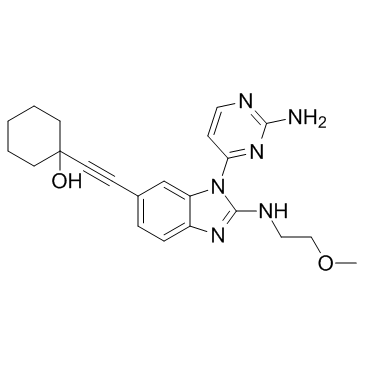
-
GC50314
PF 3758309 dihydrochloride
Potent PAK4 inhibitor; orally available
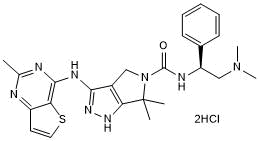
-
GC17214
PF-3758309
An inhibitor of PAK4
